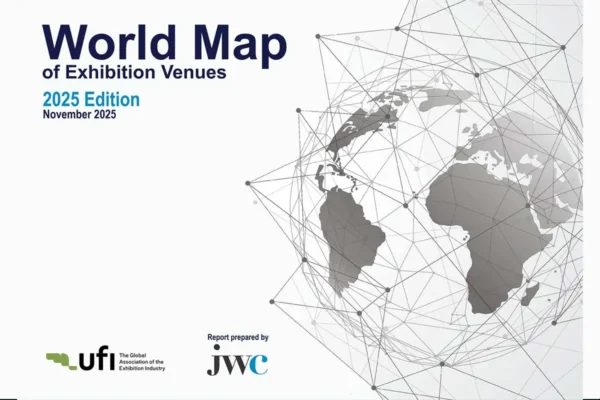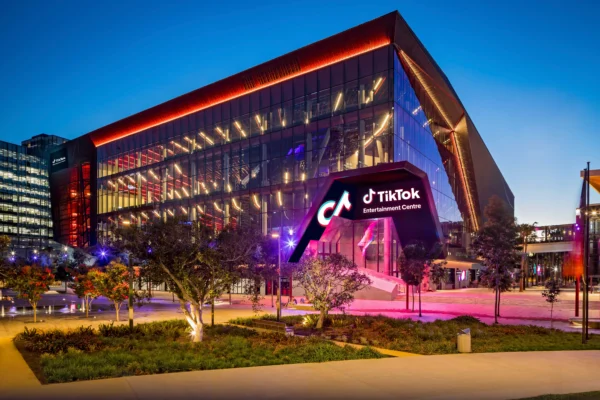Beginning Nov. 16, the Indiana State Museum will host Ice Age Giants: The Mystery of Mammoths and Mastodons, presented by IMI. Exploring Ice Age animals, the exhibition will show their environments, what happens at a real dig site and the research to understand prehistoric mammals.
“I am extremely excited about this project, which, I believe is going to blow the minds of museum visitors this fall,” said Ron Richards, senior research curator of paleobiology, Indiana State Museum. “Guests will get to walk among the remains of giant mammoths and mastodons that roamed Indiana some 13,000 years ago.”
Divided into six sections, the exhibition will look at the factors, including climate that may have played a role in the eventual extinction of these giants.
Guests will experience a real excavation dig, test bones and learn the difference between mammoths and their shorter, stockier cousin mastodons. Featuring real mounted skeletons and casts of Ice Age animals, the exhibition will also have fossil tusks and skulls on display.
“Mastodon bones have been discovered in most of Indiana’s 92 counties,” said Richards. “Mammoths were not as plentiful, but still roamed the area.”
Sections 1: The Thrill of Discovery
Guests will learn that Indiana is a “hidden” graveyard of “giants”: mammoths and mastodons. Discovery of their remains and the ensuing dig has always generated excitement and fascination in local communities and beyond. The Indiana State Museum has excavated many Indiana mastodon and mammoth sites, each of which poses fascinating questions about the life and times of these ancient beasts.
Section 2: When the Pickin’ is Good
A recreation of a mastodon dig in northern Indiana allows kids to try their hands at uncovering bones in the Interactive Dig Pit and undercover an animal that has been buried for 13,000 years.
Section 3: Messages of the Bones
After the dig, guests will learn about the preservation and study of the remains. Study of the bones allows determination of the age and sex of an animal, any injuries or disease and perhaps how the animal may have died. After determining the age of the site and analyzing other buried “evidence,” guests begin to understand how and when the site developed and about the life and environments of the Ice Age.
Section 4: Hall of Giants
Guests will enter and examine a part of the Indiana State Museum’s Ice Age bone collection – the largest in the Midwest. Most of the collection has been donated by families and individuals who wanted their finds to be preserved and valued for their scientific, educational and exhibition importance for all Hoosiers. Found throughout the state, remains reveal that Indiana was once an “elephant graveyard.” Guests can take a quiz to see just how much they are learning as they examine these remains.
Section 5: What Happened?
Guests will explore the three major areas of investigation on the selective extinction of large mammals at the end of the Ice Age: rapid environmental change, overhunting by humans and disease.
Section 6: Tusk to Tusk
The American Mastodon is a real bone mount of the Buesching mastodon (affectionately named “Fred”) from Allen County, Ind. The Jefferson’s mammoth skeleton is a cast of the Hebior mammoth from Wisconsin.
For more information, visit indianamuseum.org.






















